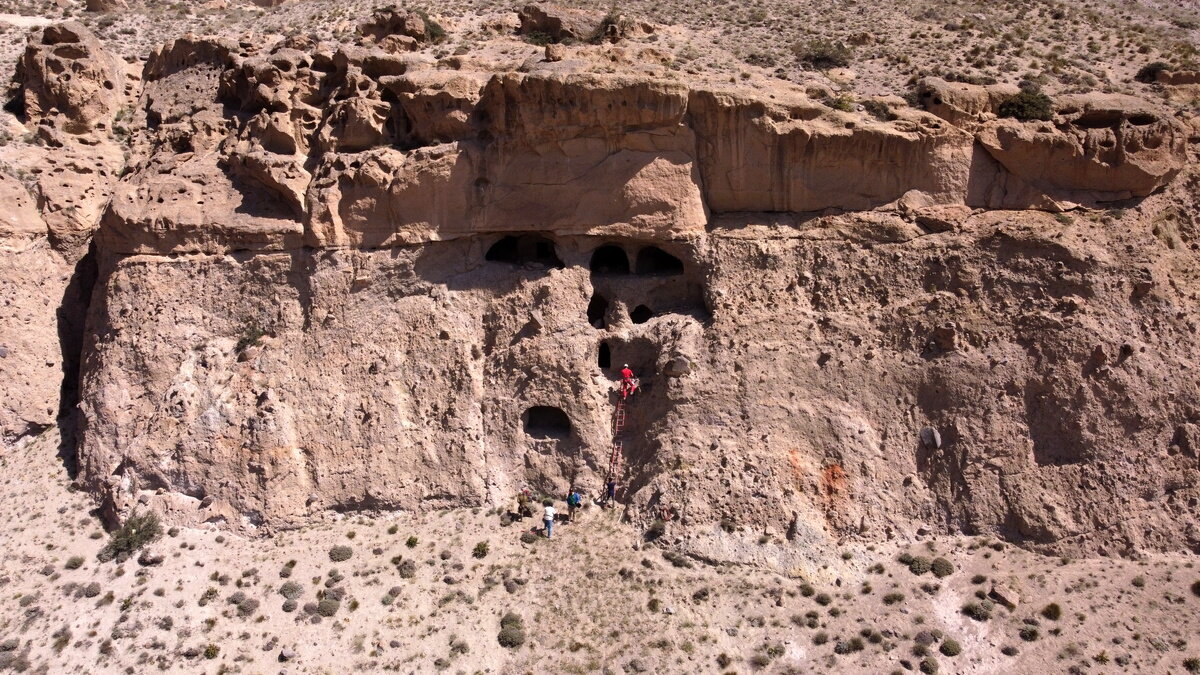Five rock-cut tombs discovered in northern Iran

TEHRAN – A team of Iranian archaeologists led by Meysam Fallah has discovered five rock-cut tombs among other findings while it surveyed manmade caves near Amol, Mazandaran province, northern Iran.
Supervised by the Research Institute for Cultural Heritage and Tourism, the archaeological survey was intended to shed new light on Amol’s ancient troglodyte architecture, which is called “Kafar Koli” by the locals, ILNA reported on Sunday.
“19 relics and structures, including Five rock-cut tombs, were discovered during the field survey,” Fallah said.
He said in terms of appearance, construction technique, form, and plan, these graves are very similar to the examples found in Fars and southern Iran.
The most famed rock-cut tombs in southern Iran, where Achaemenid Persian Kings have been laid to rest, can be found in the UNESCO-designated Persepolis and a nearby site; Naqesh-e Rostam.
Mazandaran is one of the most densely populated provinces in Iran and has diverse natural resources, notably large reservoirs of oil and natural gas. The province’s four largest counties are Sari, Amol, Nour, and Tonekabon.
Human habitation in the Mazandaran region dates back to some 75,000 years ago. Recent excavations in Gohar Tappeh in Behshahr a proof that the area has been urbanized for more than 5,000 years, and the area is considered one of the most important historical sites of Iran. Based on archaeological studies conducted in the caves of Kamarband and Hutu, near the city of Behshahr, it seems that the human presence in the area of Mazandaran dates back some 9500 years BC.
From a geographical point of view, Mazandaran can be divided into two parts, i.e. coastal plain and the mountainous area. It has a variety of climates, including the mild and humid climate of the Caspian shoreline and the moderate and cold climate of mountainous regions.
In the early 20th century, by constructing seven new roads and railways, the provinces of Mazandaran and Gilan became known as Shomal by all Iranians (meaning “the North” in Persian).
AFM
